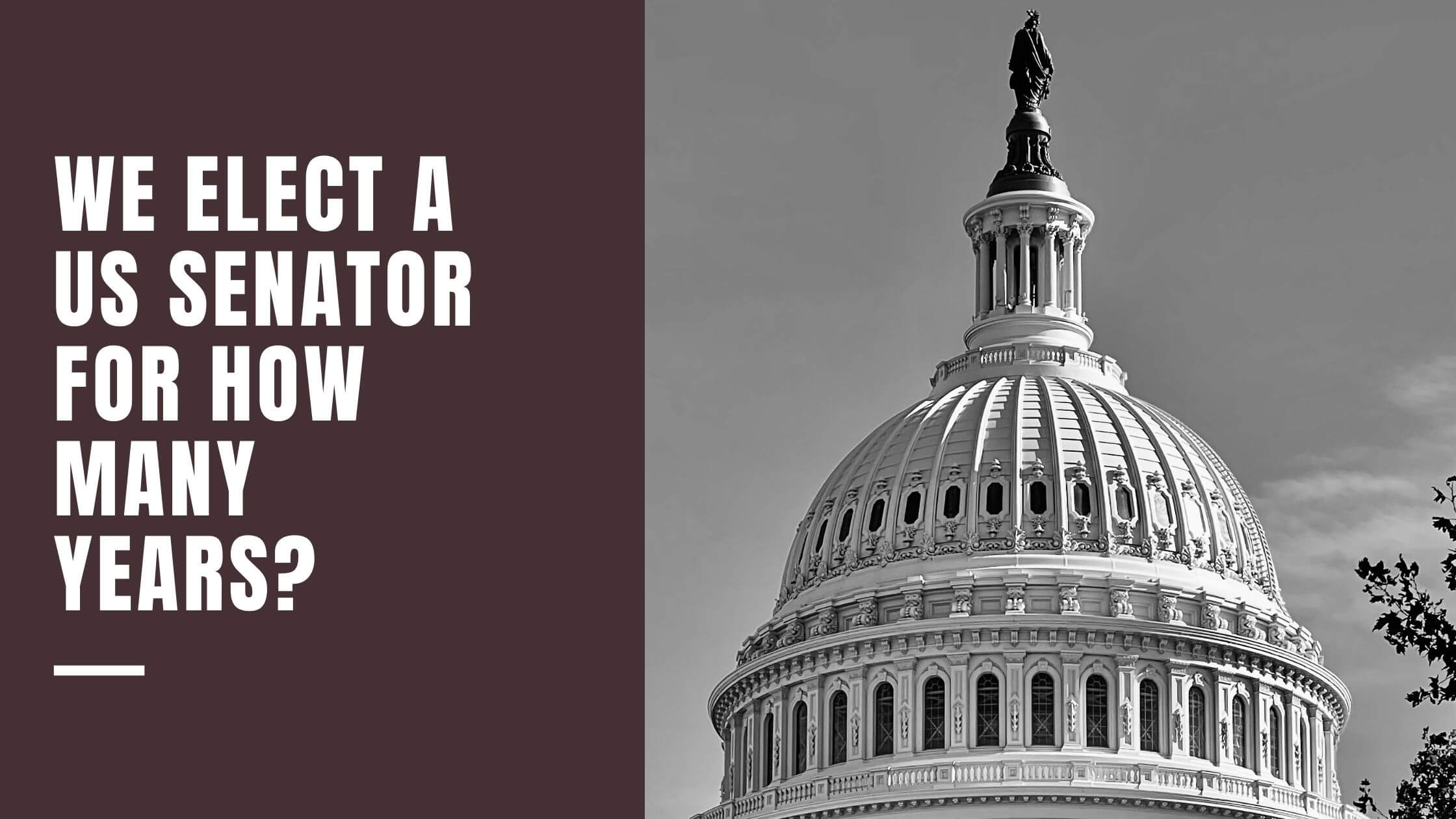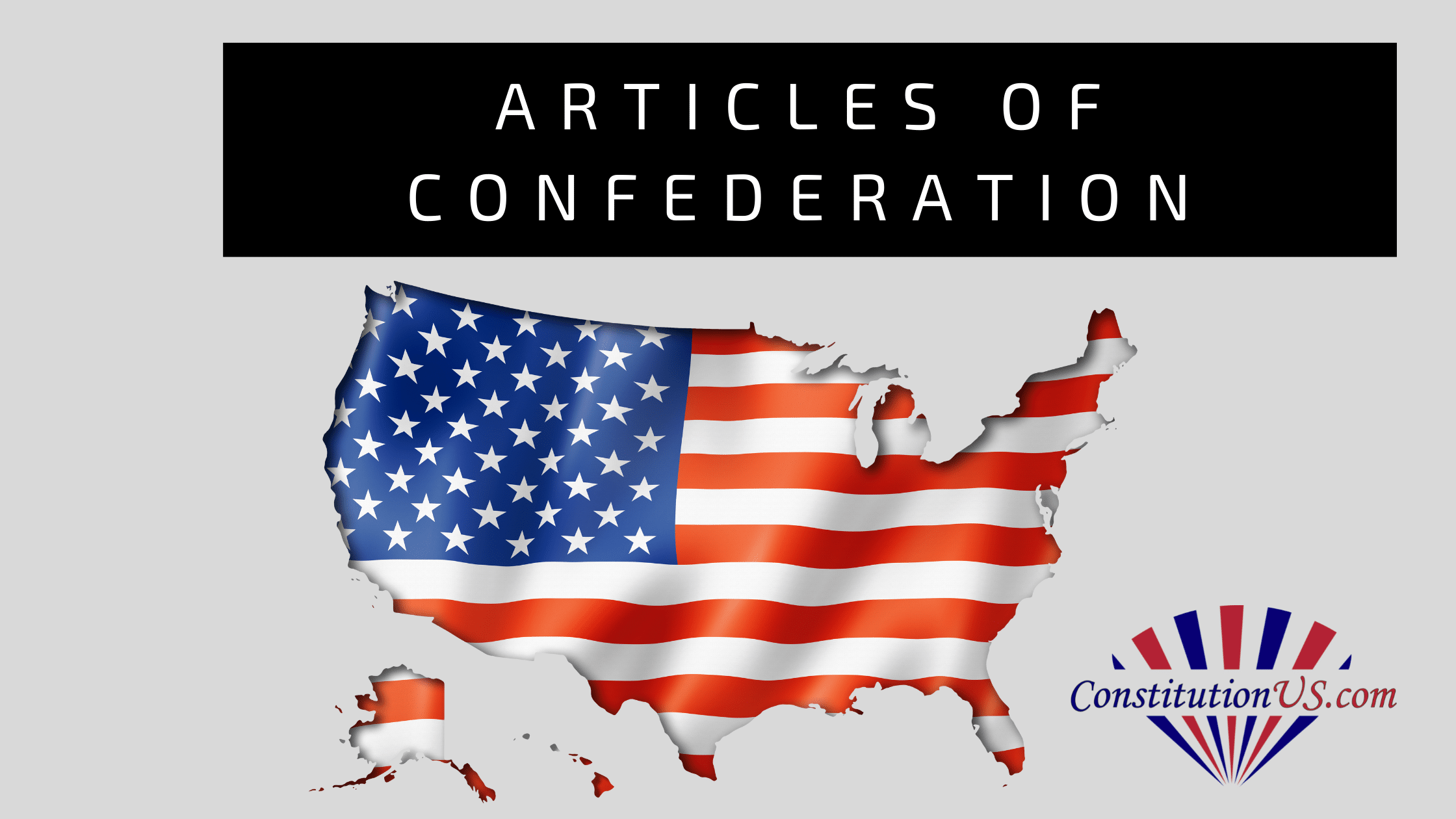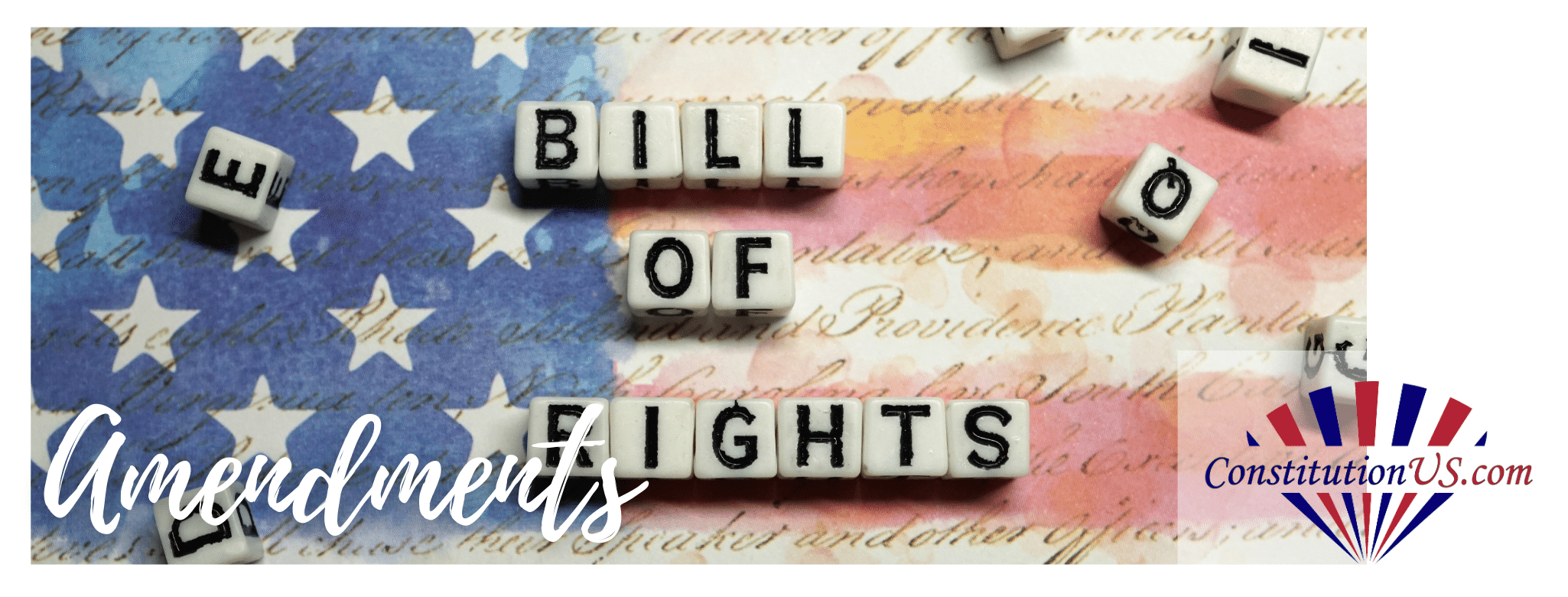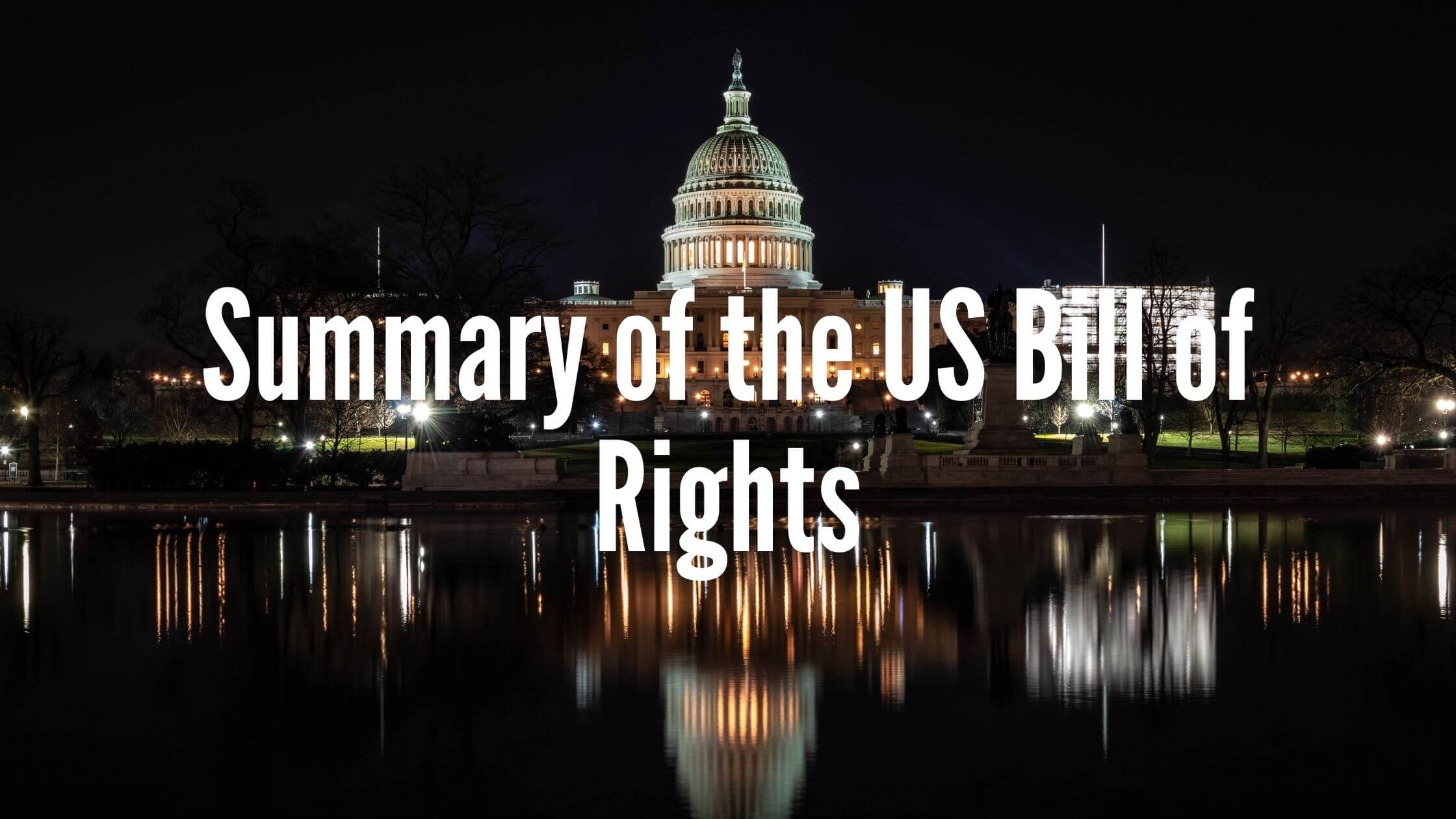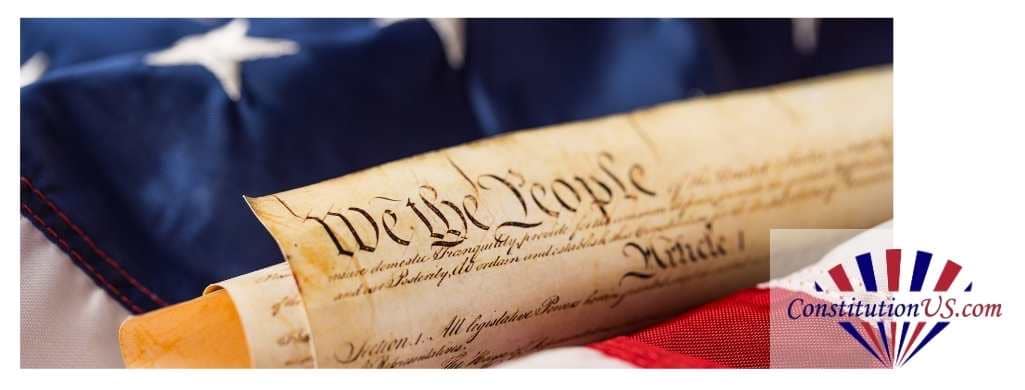Table of Contents
ToggleThe Louisiana Purchase was one of the most important land deals in American history. It reshaped the country and opened the way for westward expansion.
What territory did the United States buy from France in 1803?
- the Louisiana Territory
- Louisiana
What Was the Louisiana Purchase?
The Louisiana Purchase massively increased the size of the United States. The territory of Louisiana (which was much larger than the current state) was under French control. Since France could no longer easily defend the territory, the American government was in a position to buy it. This was the beginning of the end of France’s control over regions of North America and was the commencement of America’s long westward expansion.
The Louisiana Purchase was the biggest land deal the United States government ever made. The United States purchased the entire western half of the Mississippi River basin – more than 800,000 square miles – for less than three cents an acre. Napoleon Bonaparte negotiated the deal with President Thomas Jefferson.
From France to Spain and Back Again
Before 1803, Louisiana changed hands several times between France and Spain. After the French and Indian War in the mid-1700s, France ceded the Louisiana Territory to Spain under the Treaty of Fontainebleau.
By 1800, Napoleon Bonaparte wanted to rebuild a French empire in the Americas. He hoped to use Louisiana as a base to support French colonies in the Caribbean, especially Haiti.
Through the secret Treaty of San Ildefonso, Napoleon persuaded Spain to return Louisiana to France in 1802. This transfer worried the United States, as France was seen as a much greater military power than Spain.
The Revolt in Haiti
Inspired by the French Revolution, the enslaved people of Haiti revolted against France, drove French forces from the island after years of war, and declared an independent state. French ambitions in Haiti, however, remained, as did their desire to expand into Louisiana.
After discovering a secret transfer of territory from Spain to France in the Treaty of San Ildefonso, the Americans became concerned, as Spain was viewed as a much more palatable neighbor than France.
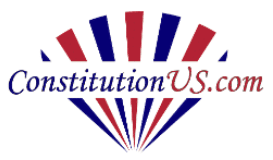
Get Smarter on US News, History, and the Constitution
Join the thousands of fellow patriots who rely on our 5-minute newsletter to stay informed on the key events and trends that shaped our nation's past and continue to shape its present.
How the United States Learned About the Deal
While France initially denied any treaty, Rufus King (an American ambassador) made President Jefferson aware that the land deal had occurred. King later found a copy of the treaty and delivered it to Secretary of State James Madison and President Jefferson.
It engendered a palpable fear that, if France and Britain went to war and the Louisiana Territory was in French hands, Britain might capture it.
Consequently, Jefferson and Madison determined to pursue a foreign policy that was reasonably friendly towards France. They decided to appoint Robert R. Livingston as Ambassador to Paris to negotiate a land purchase that would include the port of New Orleans.
Why Did France Think the Louisiana Purchase Was a Good Deal?
Since selling the Louisiana Territory involved giving up a vast amount of land, why was Napoleon willing to do so?
Was France right to permanently relinquish their control?
Napoleon sold the Louisiana Territory because France needed money for its wars in Europe. He also knew Louisiana would be hard to defend against Britain’s navy if war reached North America.
After losing troops in Haiti and facing new wars in Europe, Napoleon decided Louisiana was too costly to keep.
The treaty doubled the size of the United States. The land stretched from the Mississippi to the Rocky Mountains and from the Gulf of Mexico to the Canadian border.
What Is Today’s Equivalent of $15 million in 1803?
The United States paid about $15 million for the land in 1803. That equals roughly $342 million today. This is still a small amount for such a large area.
France Offers to Sell All of Louisiana
When the French and Americans discussed the deal, the Americans planned to purchase only the port of New Orleans, or perhaps a little more. They were caught off guard when the French representative offered up the entire territory.
American representatives James Monroe and Robert Livingston were pleasantly surprised and immediately agreed to the deal, even though it cost more than their initial budget.
They had been instructed to spend up to $10 million to buy only West Florida and New Orleans. It was by far the most significant increase in United States territory since the American Revolution.
The Fate of American Indian Territory
Europeans did not yet control the land west of the Mississippi Valley in 1803. After the United States secured the Louisiana Purchase from France, it had to buy or conquer territory from the Native Americans further west.
Many of the Native Americans were removed by force or via unequal treaties. The United States spent far more than the initial $15 million to bring the land west of the Mississippi Valley under its control. Today, 15 states are entirely or partly part of what was formerly the Louisiana Territory.
Conclusion
The Louisiana Purchase was one of the most important events in United States history. It doubled the country’s size, gave control of the Mississippi River, and opened the way for westward expansion, though it also led to the loss of Native American lands.
Resources about the Louisiana Purchase:
- https://www.history.com/articles/louisiana-purchase
History.com offers a comprehensive overview of the Louisiana Purchase, including its historical significance and impact on U.S. expansion. - https://www.britannica.com/event/Louisiana-Purchase
Encyclopaedia Britannica offers a well-researched, authoritative article on the Louisiana Purchase, covering its historical context, key figures, and consequences.



